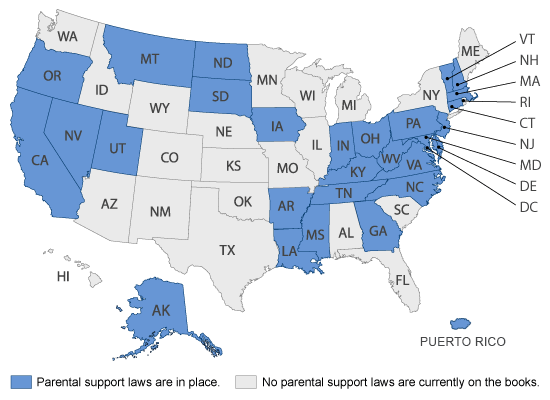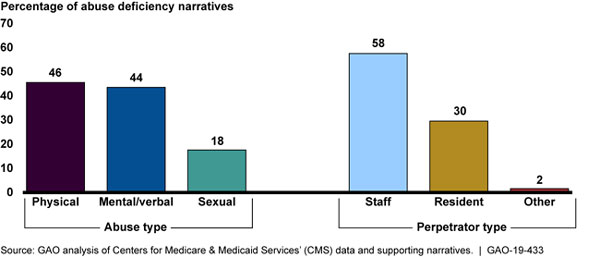
The emotional stress of dealing with one’s impending death due to a terminal illness like cancer, AIDS, etc., is further compounded by the customary increase in medical bills and a likely reduction in earning capacity.
A person owning life insurance policies may have several options for reducing some of his or her financial concerns.
Methods of Reducing Financial Concerns
- Borrow against cash values: Permanent type policies such as whole life, variable life, universal life, etc., build up cash values over the years. The owner of the policy is usually able to borrow money from the cash value, often at favorable interest rates. When death occurs, the policy loans and any interest will be subtracted from the face amount of the policy before payment is made to the beneficiary. If there is also a “waiver of premium” provision the insured may be relieved of the monthly premium payments, in certain circumstances.
- Surrender the policy: Policies with accumulated cash values can be surrendered to the life insurance company. However, this would generally not be desirable, since the face amount of the policy is usually much higher than the surrender value and the time of death is close. There may also be income tax consequences.
- Borrow funds from a third party: Other friends, family members, and possibly the beneficiary of the policy may be willing to lend money to the person who is terminally ill and then receive repayment from the insurance proceeds.
- Accelerated death benefits: Some life policies provide for payment of a portion of the face amount if the insured becomes terminally ill. This is generally called a “living benefit” or an “accelerated death benefit.” Even if it is not mentioned in the policy the company may have extended the right to the policy owner; the availability of such benefits should be investigated. Some companies require the owner to have a life expectancy of from six to nine months or less. Terminally ill persons (diagnosed by a physician as expected to die within 24 months) may receive accelerated death benefits free of federal income taxes. Chronically ill individuals may also exclude from income accelerated death benefits which are used to pay the actual costs of qualified, long-term care. See IRC Sec. 101(g) for more detail.
- Viatical settlements: Another
option is to sell one’s life policy to a third party[1] in
exchange for a percentage of the face amount. This is called a viatical
settlement. It comes from the Latin word “viaticum” which means “supplies for a
difficult journey.” These settlements may also be available with contracts that
have no cash value such as individual or group term life insurance policies.
Factors which will determine the amount of the settlement include:
- The insured’s life expectancy is a factor. In general, the shorter the period, the more a viatical settlement company will pay. Some companies will accept up to a five year life expectancy, but many prefer a shorter term of years.
- The period in which the company can contest the existence of a valid contract must have passed, as well as the “suicide provision” (typically two years after issue). This period may begin again for policies that have been reinstated after a lapse for nonpayment of premium.
- The financial rating of the company that issued the policy is important. A lower rating can result in a smaller settlement.
- The dollar amount of the premiums is a factor. The buyer of the policy is likely to be required to continue making the payments for the remainder of the insured’s lifetime.
- The size of the policy is a factor. Most settlement companies have upper and lower limits; for example, a top limit of $1,000,000 down to a low-end limit of $10,000.
- The current prime interest rate is important, since the buyer will compare the settlement agreement to other types of investments.
After examining the above factors, a settlement company will generally offer the owner of the policy between 25% and 85% of the policy’s face amount. The settlement amount may be received free of federal income tax under conditions similar to those described above under “accelerated death benefits.”
Other Considerations
- If the terminally ill person is presently receiving benefits that are dependent upon his or her “means” (income or assets), like Medicaid, food stamps, etc., he or she must weigh the effect of a viatical settlement on these benefits. Benefits may be terminated or reduced until the settlement amount is “spent down.”
- If the policy also has an accidental death or dismemberment rider, those rights should be specifically retained by the insured in the viatical settlement agreement. The time between applying for a viatical settlement and having the cash is generally three to eight weeks. However, this will depend on how quickly the medical information and beneficiary release forms are in the hands of the settlement company.
- Most viatical settlement companies stress the confidential nature of the transaction but they require the named beneficiary to release any possible claim to the proceeds. If the insured does not want the beneficiary to know of the illness, he or she may change beneficiaries just prior to completing the settlement. If the estate were named as beneficiary, the insured (owner) would be the only one who would need to sign the release forms.
- If death occurs before the viatical settlement is completed, with the insured’s estate as the beneficiary, the life insurance proceeds would be paid to the estate and may be subject to probate administration.
- Viatical settlement of group insurance policies will usually require that one’s employer be notified.
- Confidentiality may also be lost if the policy is sold by the settlement company in the “secondary market” to individual investors, since a new investor would want to know the health status of the insured.
- An escrow account is generally used to make certain that the payment of the agreed upon amount is made to the insured shortly after the insurance company notifies the escrow company that the ownership of the policy has been transferred to the viatical settlement company.
- Several viatical settlement companies should be investigated in order to negotiate the best offer.
Typical Uses for the Cash Received Include
- Cover out of pocket medical expenses.
- Finance alternative treatments not covered by existing medical insurance.
- Purchase of a new car or finance a dream vacation.
- To be able to personally distribute cash to loved ones.
- Ease financial stress to perhaps further extend life expectancy.
- Maintain one’s dignity by not dying destitute.
- Pay off loans.
The sale of one’s life insurance policies can have far reaching effects and should be done only after consulting with one’s attorney, certified public accountant or other advisors.
[1] Effective January 1, 2018, the Tax Cuts and Jobs Act of 2017 established a new requirement to report certain information when a life insurance policy is acquired in a “reportable policy sale.” A reportable policy sale refers to the acquisition of an interest in a life insurance contract, directly or indirectly, if the acquirer has no substantial family, business, or financial relationship with the insured, apart from the acquirer’s interest in the life insurance contract.




